


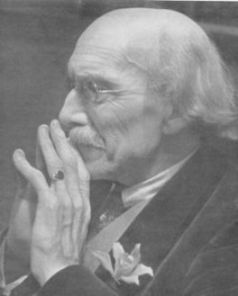
The annual Matthay Festivals are designed to offer participants direct and
concentrated access to the Matthay teaching principles as they apply at
all levels, including that of the performing artist. Daytime sessions
include lectures, demonstrations, performances, and master classes, and
a recital is heard each evening. The year 2019 marks the sixty-second annual gathering, and this year's Festival will also include performances and masterclasses featuring the recipients of the 2019 Clara Wells Fellowship Awards.
Previous Matthay
Festivals have taken place at many locations throughout North America,
including the Philips Academy at Andover, Massachusetts, the University of Maryland, the
University of Central Florida, the Royal Conservatory of Music in
Toronto, San Jose State University, Williams College, Pennsylvania
State University, the University of South Carolina, Wittenberg
University, the University of Kansas, Columbus State University, the University of
Richmond, East Carolina University, King College, Union University, Western Carolina University, Texas Wesleyan University, the Eastman School of Music, and Arizona State University. Because this year the Matthay Association is also honoring the legacy of one of the greatest pianists of the twentieth century—as well as one of America's great pianist/teachers—a number of special events have been planned.


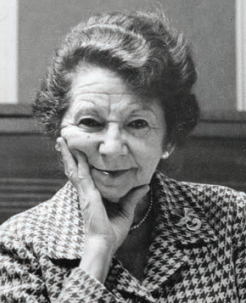

After she married pianist and conductor Herman Genhart, they arrived in Rochester, New York, in 1924, and two years later, she joined the faculty of the Eastman School of Music, where she served for decades as one of its preeminent teachers. She began studying with Tobias Matthay in 1929, and in her words,"He was the greatest teacher I had ever known. ... If one of the criteria of a great teacher is the ability to make every one of his students play beautifully, then surely Tobias Matthay is master of us all."


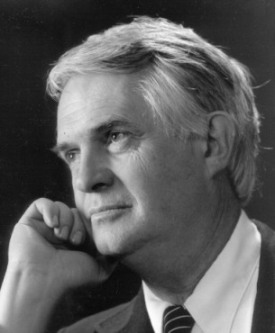
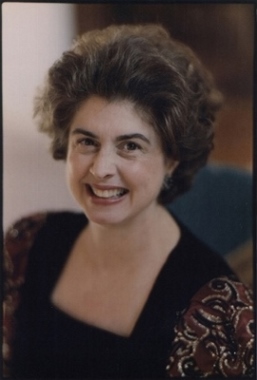


In an extensive session devoted to the Rachmaninoff Symphonic Dances release, Ward Marston will be joined by noted Rachmaninoff scholar FRANCIS CROCIATA (right), who assisted with its production and was also once a close associate of Cécile Genhart. Immediately following their session, he will contribute to the panel discussing the Genhart discography. In an additional session, Ward will be joined by his partner SCOTT KESSLER, who will discuss the founding and background of Marston, and relate some of the challenges that confront the modern engineers who attempt to restore and market the "Golden Age" of pianism.

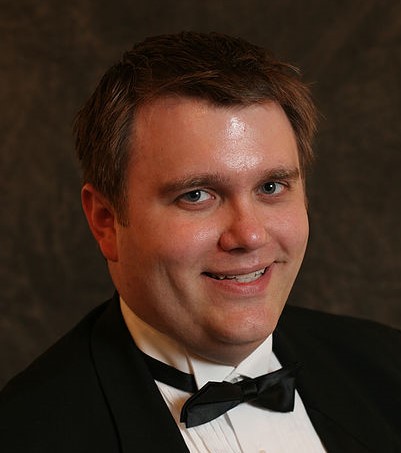





The School of Music occupies the Frank Moody Music Building (pictured at right), which provides a spacious and beautiful environment in which to study and perform. The centerpiece of the building is the 1,000-seat concert hall (pictured below) with its Holtkamp organ standing three stories high with four manuals, 65 stops, and more than 5,000 pipes. The building, which has 135,000 square feet of floor space, includes a recital/lecture hall; choral/opera and jazz rehearsal rooms; pipe-organ practice rooms; large teaching studios; 52 practice rooms; a media center; research labs for music education and therapy; and studios equipped for electronic and computer music. Additionally, Moody Music Building holds three instrumental rehearsal spaces, one of which is large enough to hold the entirety of the world-renowned Million Dollar Band. The Moody Music Building is located at the east end of the University of Alabama campus and has ample parking directly across the street. The flowers, trees, and benches in the building’s large courtyard complete the picture of a modern facility in a graceful setting.



 The Hotel Capstone will also host our closing banquet at 6 pm on Saturday, June 22. The hotel will provide an elegant buffet with the choice of either a beef, chicken, or vegetarian entrée, at a price of $40. A banquet reservation may be confirmed on the Festival registration form.
The Hotel Capstone will also host our closing banquet at 6 pm on Saturday, June 22. The hotel will provide an elegant buffet with the choice of either a beef, chicken, or vegetarian entrée, at a price of $40. A banquet reservation may be confirmed on the Festival registration form.
For a list of other nearby hotels, please click here.


The BHM Rental Car facility is located in section 1B on the ground level of the parking deck and BHM is serviced by all major rental car companies, whose local phone numbers may be accessed here. Raiser, LLC (Uber) is authorized to provide pick-up services at BHM. Uber may pick up passengers on the Airport’s Arrivals/Lower Level terminal curbside. The trip from BHM to the University of Alabama campus takes about an hour, and for those not renting cars, two shuttle services, Scuttle Shuttle and Birmingham Door to Door, provide reliable, comfortable transportation between BHM and the UA campus.
 Program Schedule
Program Schedule
 Biographies of 2019 Presenters
Biographies of 2019 Presenters
 Festival Registration
Festival Registration
 Back to Matthay Home Page
Back to Matthay Home Page